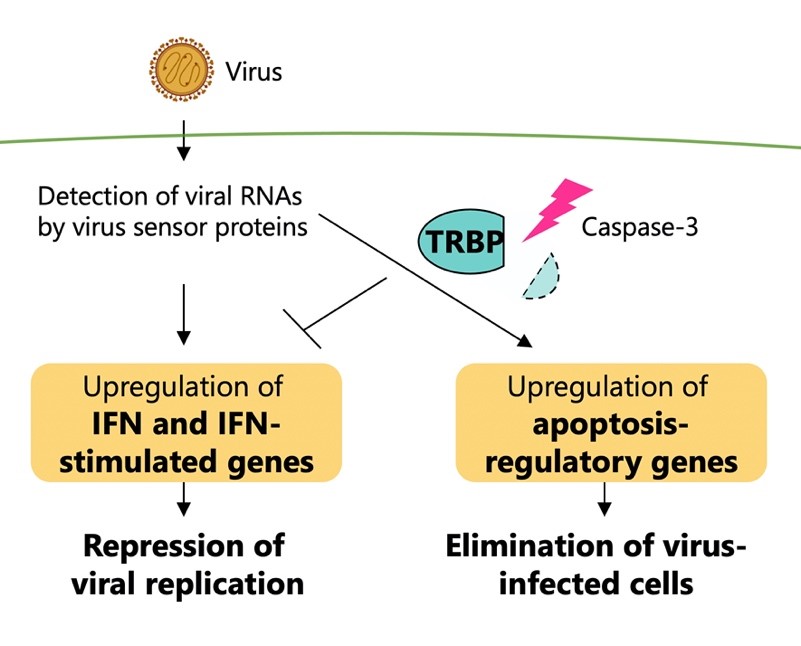Australia’s beef and sheepmeat sectors can expect continuing demand from China despite its slowing economy and continued lockdowns impacting how the country consumes animal proteins.
Speaking on a newly-released podcast, Is the Chinese meat market still firing?, Rabobank’s Hong Kong-based senior animal protein analyst Chenjun Pan said China’s lockdown policies have affected the population’s protein consumption habits, with the major short-term change being where people are consuming food.
“In the past, banquets played an important role in rural areas and smaller cities. Because of the lockdowns, the banquets have disappeared, and the number of business events and dinners have also declined,” she said.
However, Ms Pan said, Chinese consumers are continuing to consume animal protein at home and via food delivery – with food delivery services having grown steadily in China through the pandemic.
“The emergence of food delivery services is having a heavy impact on the traditional food service sector in China,” she told the podcast.
The trend of “convenience food” was also growing in the Chinese market.
“The categories of ready-to-eat, ready-to-cook and ready-to-heat type convenience foods are booming,” she said.
Ms Pan said while it was very difficult to predict Covid policy in China, she was not expecting to see any changes in the next three months.
“If Covid policies remain unchanged, the Chinese food service sector will continue to be negatively impacted. When there is a lot of uncertainty, people do not want to take risks and do not wish to travel, gather in large groups or eat outside of their homes,” she said.
Protein consumption is expected to increase in quarter four though, Ms Pan said, which is the Chinese “high-season” for the animal protein market – “when consumers typically eat more meat during the colder months” – with prices tracking higher with this increased demand.
Chinese retail market
In terms of retail prices in China, Ms Pan said, the pork sector had seen the most volatility, relative to other animal proteins.
“Presently beef and sheepmeat retail prices are relatively stable – sitting at historically high levels. When compared with the international market, Chinese beef and sheepmeat retail prices are still very high,” she said.
“These high prices, despite a slowing Chinese economy, reflect that the consumption of animal proteins, particularly beef, is quite resilient.”
Ms Pan said in terms of Chinese per capita consumption volumes, beef and sheepmeat remain very low and are not among the major proteins consumed in the country.
“The fact beef and sheepmeat fall into a niche market may be protecting them from the negative impacts of the slowing economy,” she said.
Outlook
If the country’s economic slowdown continues, Ms Pan said, Chinese consumers may start spending less on luxury products and travel, which means they will have “more money in their wallets” to invest in better quality foods with a greater variety.
“Premium food service will come under some pressure from the slowing economy – while mid-market food service and retail sectors will remain resilient,” she said.
Australia
For Australia, Rabobank senior animal protein analyst Angus Gidley-Baird said, China’s Covid policy had impacted Australia’s red meat exports to the country, reflecting the changed consumption patterns
“For the first six months of this year, Australian lamb exports to China dropped by 30 per cent compared to last year,” he said, while Australian mutton exports to China were up by 11 per cent for that same period.
Ms Pan said the drop in Australian lamb exports to China and the increase in mutton exports reflects how the Chinese food service sector has declined significantly in the first half of the year – driven by the lockdowns.
“Lamb imports mainly go towards the food service sector, particularly high-end food service, such as premium hot-pot restaurant chains, while mutton, as a lower-priced protein, is consumed by the mass market in traditional sheepmeat-consuming regions of the country, particularly in northern China,” she said.
“We’ve seen the lockdowns really impact lamb consumption, but mutton consumption has been protected as it has a little bit of a wider market, including food service and retail.”
Beef consumption has seen some shift from food service to retail since the beginning of the pandemic, Ms Pan said, and this trend is expected to continue in 2022.
She expects beef imports into China to remained stable.
Mr Gidley-Baird said Australian beef exports to China have been tracking at similar levels to last year, “but that’s a reflection of Australia’s ongoing low production volumes. The Australian 2022 beef export volumes are still 39 per cent behind what Australia exported to China in 2020”.








